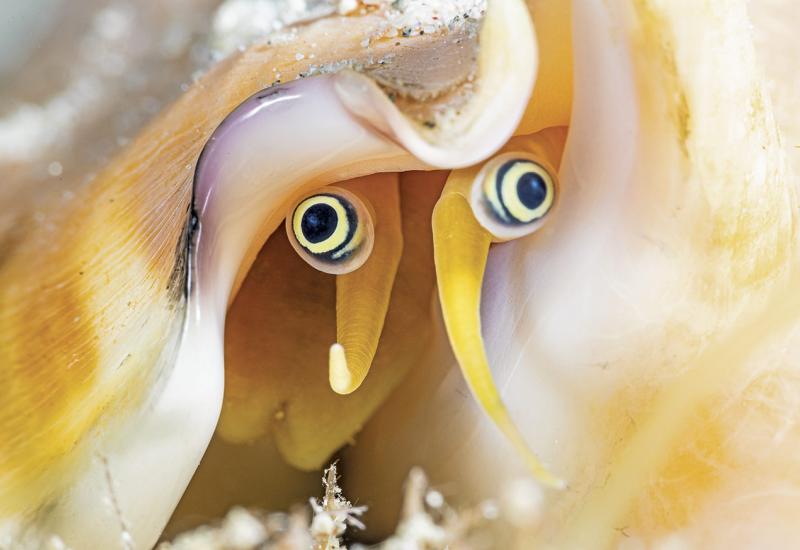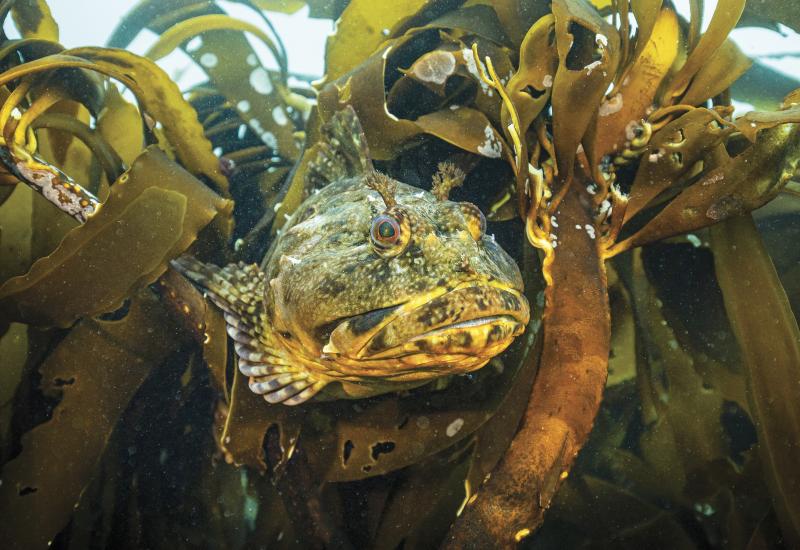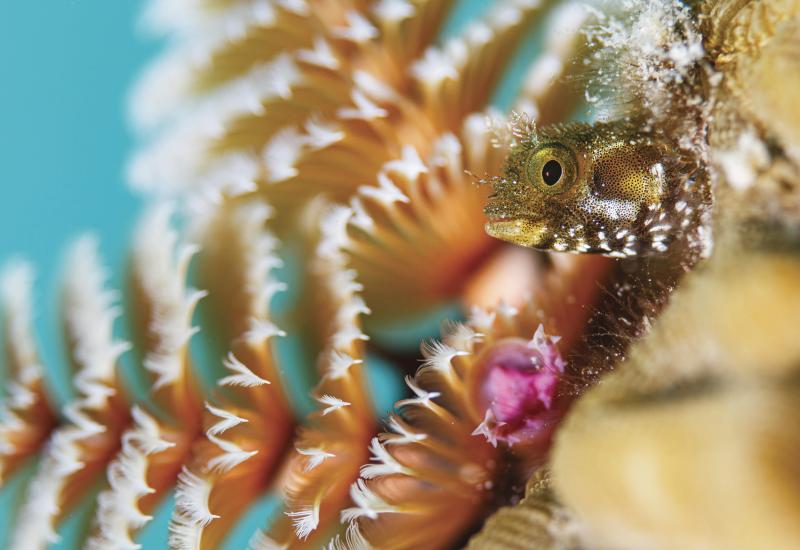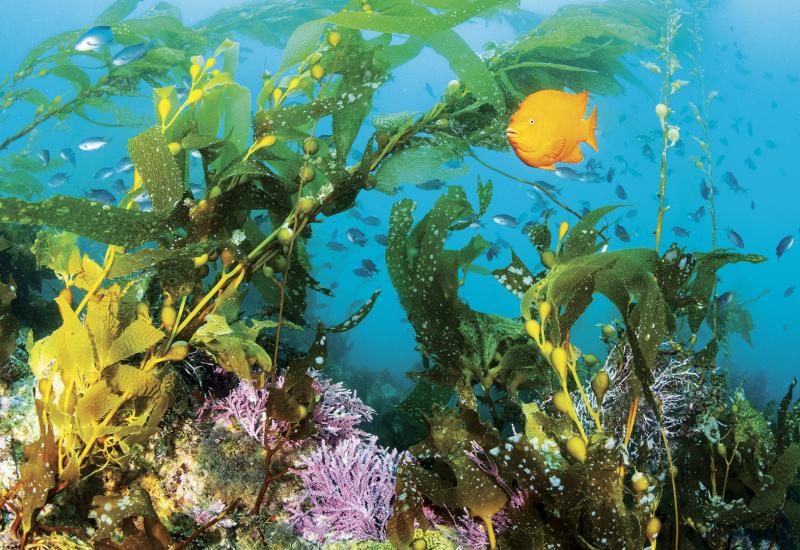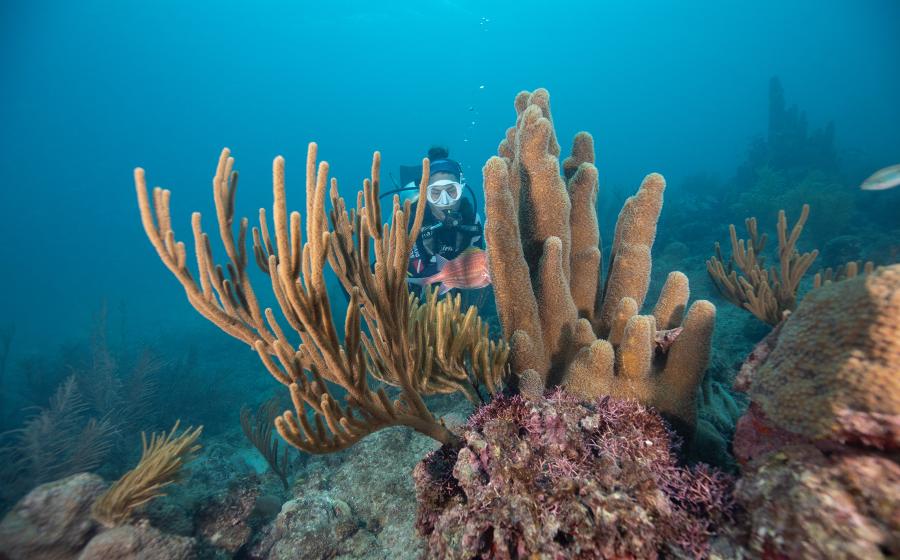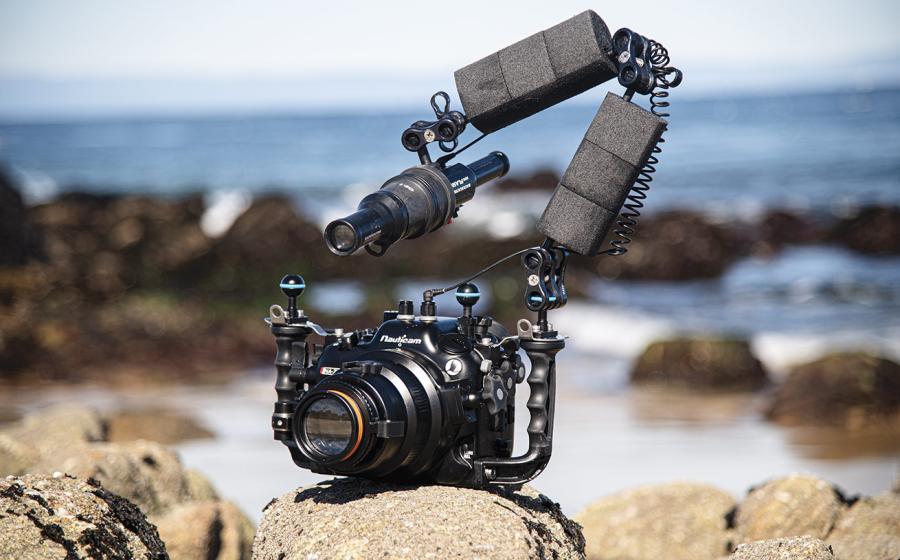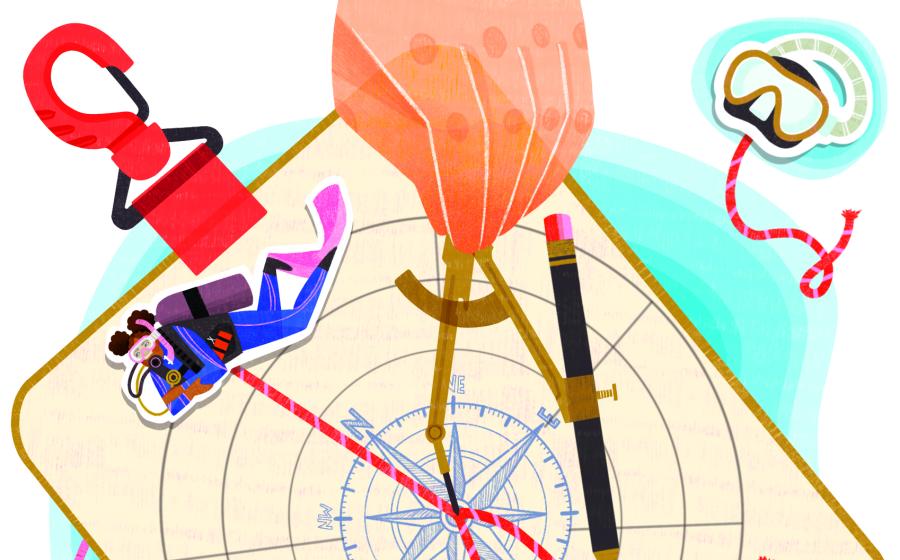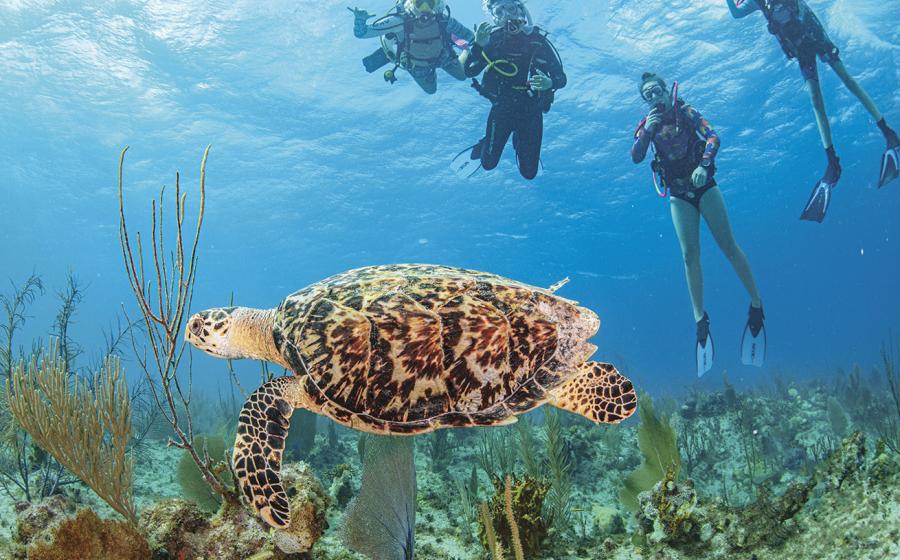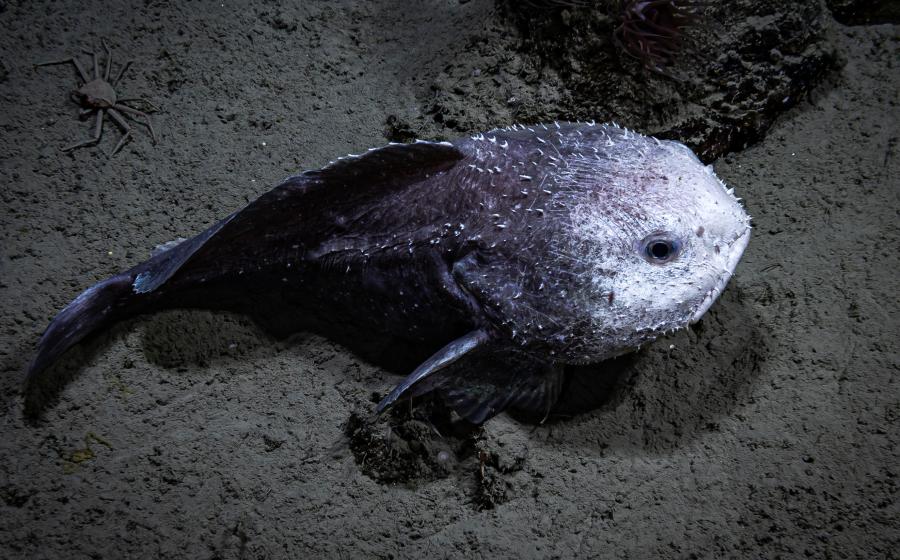Emory Kristof Named 2017 Legend of the Sea
Emory Kristof helped introduce a new world in the pages of National Geographic, using underwater submersibles, robotic cameras and high-tech lighting systems to bring the deep ocean to life. Kristof pushed the limits of underwater exploration and photography, documenting numerous shipwrecks and mysterious species, and helping inspire one of the most popular movies of all time. With these accomplishments in mind, Kristof was named the 2017 Legend of the Sea at the Beneath the Sea expo. We had the chance to speak with him about his career and love for diving into the unknown.

Courtesy Emory KristofKristof earned the Explorer's Club Lowell Thomas Award for Deepwater Exploration in 1986.
How did you go from Nat Geo intern to being honored as a Legend of the Sea?
Emory Kristof: When I was about 10 years old or so, I really liked photography and snorkeling. Eventually, I took lessons in scuba, took trips down to the Outer Banks [in North Carolina] and worked with people who built their own scuba gear. I started my photo career when I was 19 at the University of Maryland. There was an internship at National Geographic — the first one for photography — in 1963. So I worked there as an intern, and when I graduated from Maryland in ’64, I was the youngest full-time staff photographer they ever had. I really wanted to get underwater photography mixed in. After about four years, my boss took pity on me and decided I could do some underwater work.
Q: How did you become interested in deep-ocean exploration?
EK: Initially, I was interested in early scuba. There were a lot of people who were into that though. As I was assigned to projects at National Geographic, I realized, gee, there’s a lot deeper world out there. If you wanted to do shipwrecks, they were in better shape and they were reachable photographically. And no one was really doing that. Everything in diving back then was shallower than 200 feet, and I could see being able to take resources that we had and being able to work deeper and bring back these pictures. Chris Nicholson built the first low-cost remotely operated vehicles. The first money to pay for this came from the Geographic, and initially we figured we could work at 500 feet using the first of these robots. We did a series of stories, including the Hamilton and Scourge and the Edmund Fitzgerald [shipwrecks], and my tag line for all of these was “ghost ships and sea monsters.” There was this desire to go out and work on this mixture of deepwater wrecks and animals that people hadn’t seen. Very quickly, all the stories I was working on were deeper than 200 feet and going all the way down to 15,000 by the time I finished working with the Russian Mir [submersibles].
Q: What challenges were involved in photographing the Titanic? EK: The Titanic was the longtime dream that both Bob Ballard and I had. I had several things that I wanted to do. I wanted to make an IMAX film on the Titanic, so my goal was to use two submersibles for the photography, and I wanted to build the biggest underwater lighting system that anyone had ever used. That’s what produced the set of pictures that became the IMAX film Titanica. James Cameron got to see what we were doing with the big lights, and that became the beginning of his movie Titanic.
Q: What is the passion that drove your career?
EK: What I was most interested in was being able to work in deep water using submersibles and robots. I got to work and take images from these submersibles, and I got to introduce [expert shark researcher] Eugenie Clark to the world of deepwater sharks. … In all the things I ever set out to do, I’ve been interested in more than looking at the mud. I wanted to see what the ghost ships and the animals are about.
The Beneath the Sea expo was held March 24-26 at the Meadowlands Exposition Center in Secaucus, New Jersey. For more info about the 2018 show, visit beneaththesea.org.

